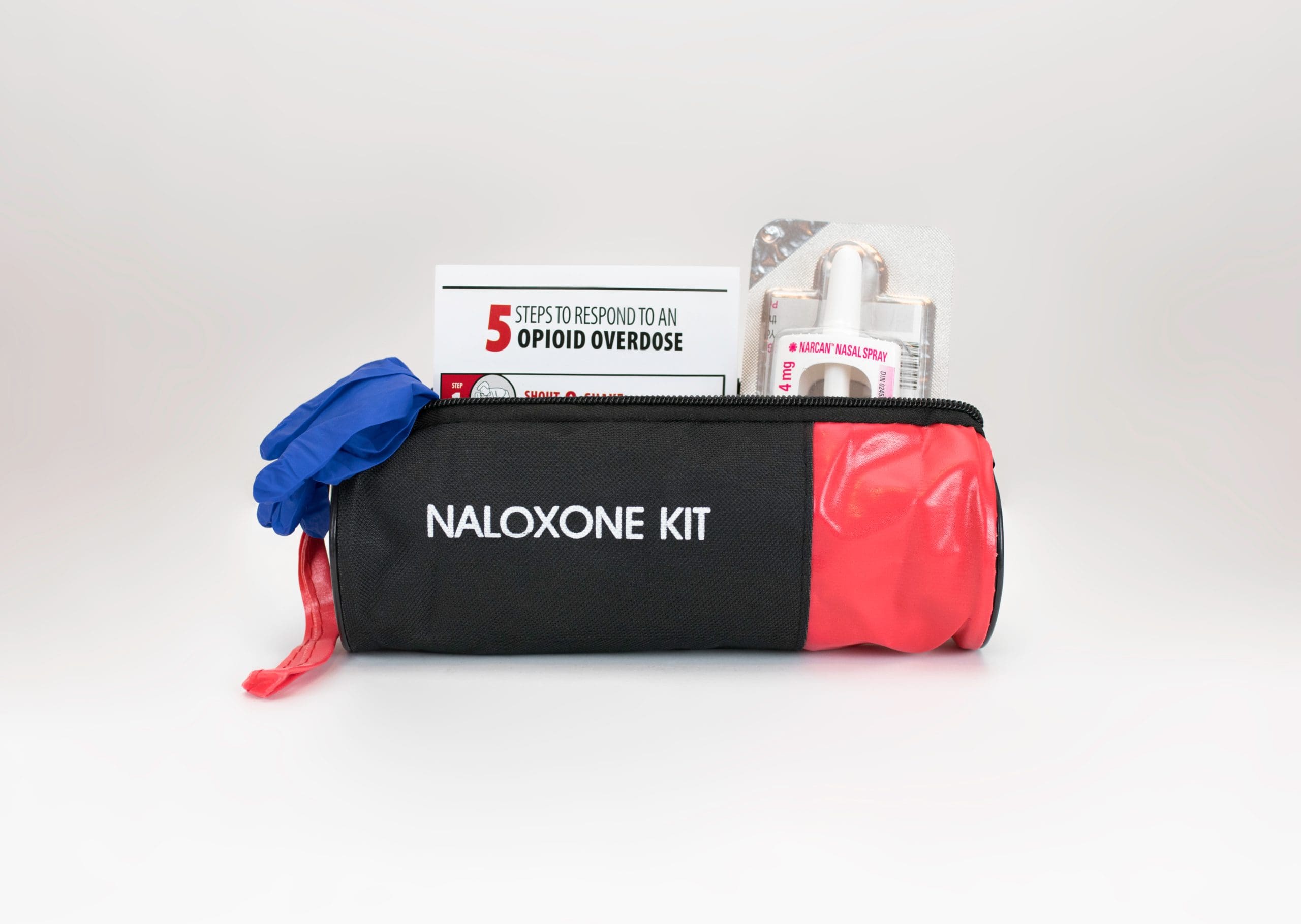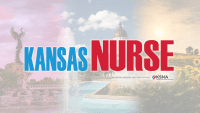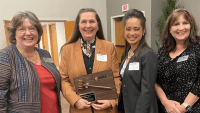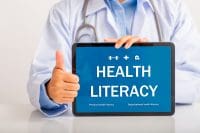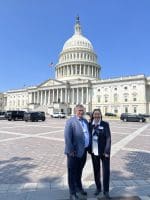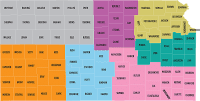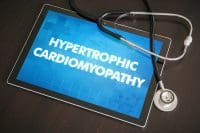THE OPIOID CRISIS in the United States has been at the forefront of discussion in recent years. According to the Centers for Disease Control and Prevention (CDC), overdose deaths in 2021 involving synthetic opioids such as fentanyl totaled nearly 71,000, an increase of 22% from the previous year. Pharmaceutical grade fentanyl is approved for the treatment of severe pain and is generally considered safe when taken as prescribed, however most fentanyl-related overdoses and deaths in the U.S. are linked to counterfeit pills that contain illegally manufactured fentanyl (CDC, 2023).
The increase in illicit drug smuggling and widespread availability of medications containing fentanyl on the streets has contributed to a drastic rise in the number of adolescents dying from drug overdoses. In 2010, 38 teens aged 14 to18 died in the U.S. from illicit fentanyl and synthetic opioid overdose. Recent data shows that in 2021 the number of adolescent fatalities from the same cause had increased exponentially, totaling 884 deaths (Friedman et al., 2022).
Exposure to even small amounts of fentanyl can lead to severe respiratory depression or arrest and may be fatal. Intranasal naloxone, an opioid antagonist, is available at the pharmacy counter without a prescription and is easy to administer. When sprayed into one nostril, naloxone rapidly reverses the effects of fentanyl or other opioids and restores normal breathing patterns for 30-90 minutes. Doses may be repeated every 2-3 minutes as needed. Because fentanyl stays in the body longer than the effects of the naloxone, individuals receiving the medication should be monitored continuously and receive follow-up emergency care for at least two hours after the last dose was given (National Institute on Drug Abuse, 2022). It is important to note that administering intranasal naloxone to a person suspected of having an overdose is not harmful in the event they are not under the influence of opioids.
Drug awareness and prevention programs such as the well-known Drug Abuse Resistance Education (D.A.R.E.) program have been used in Kansas schools for over 25 years. These programs provide children with information about substance use and gang violence as well as help enhance communication skills and strengthen their ability to resist peer pressure. Unfortunately, education and reinforcement of this information is not enough to prevent the senseless deaths of children and teens from unintentional overdose. According to the Substance Abuse and Mental Health Services Administration, in 2017 there were 2.2 million adolescents ages 12 to 17 actively using illicit drugs making this a critical issue to address (National Association of School Nurses, 2020).
When emergencies happen during school, the school nurse is often the first healthcare professional to respond. In cases of opioid overdose, every minute counts and the amount of time it takes for emergency medical services to arrive on the scene with the reversal agent may be too long. Implementing emergency naloxone protocols in schools provides nurses and other trained staff the ability to quickly administer life-saving aid to overdose victims, thus serving as an additional safety net to protect students and families from facing such a tragic loss of life.
It is the position of the National Association of School Nurses that all schools should have emergency preparedness and response plans in place to manage opioid-related overdoses (2020). To meet this demand, there are federal and state funds available that provide resources, training, and support for districts considering adoption of emergency naloxone protocols in their schools. Some useful resources for Kansans to help schools get started in combatting the opioid crisis include:
- DCCCA: a nonprofit organization providing free naloxone nasal spray kits, fentanyl test strips, and training to community organizations and residents of Kansas. Request a naloxone kit at www.dccca.org/naloxone-program/.
- Direct Relief: a nonprofit organization that supports healthcare providers by providing medical products, medications, financial support, and addiction services. More information about how to partner with this organization to receive assistance is available at www.directrelief.org.
- Emergent Biosolutions: a Narcan manufacturer who works with organizations to determine the naloxone distribution program that will best meet their needs. Contact customer support at 1-844-4NARCAN or email narcancustomerservice@ebsi.com.
- National Association of School Nurses Learning Center: provides a no-cost naloxone education toolkit to assist school nurses and administrators with the development of emergency protocols and policies for naloxone administration. Create a free account and access the toolkit at https://learn.nasn.org/courses/58011.
Several Kansas schools have already implemented and utilized emergency naloxone protocols, but not all have taken this proactive approach. Discussions with administrators, school board members, teachers, and other support staff should be on-going to advocate for expanding access to emergency naloxone in schools across the state. By using their knowledge to spread awareness about this issue and the resources available to assist with developing naloxone protocols, nurses can strengthen the safety of youth within their communities.
References
Centers for Disease Control and Prevention (CDC). (2023, August 8). Fentanyl. https://www.cdc.gov/opioids/basics/fentanyl.html
Friedman, J., Godvin, M., Shover, C.L., Gone, J.P., Hansen, H., & Schriger, D. (2022, April 12). Trends in drug overdose deaths among US adolescents, January 2010 to June 2021. Journal of the American Medical Association (JAMA), 327(14), 1398-1400. https://doi.org/10.1001/jama.2022.2847
Kansas Attorney General. (n.d.) D.A.R.E. Retrieved October 20, 2023 from https://ag.ks.gov/public-safety/dare#:~:text=The%20DARE%20program%20has%20been,in%20the%20Attorney%20General’s%20office
National Association of School Nurses. (2020, June). Naloxone in the school setting. https://www.nasn.org/nasn-resources/professional-practice-documents/position-statements/ps-naloxone#:~:text=With%20naloxone%20as%20part%20of,reversing%20life%2Dthreatening%20respiratory%20depression.
National Institute of Drug Abuse. (2022, January). Naloxone drugfacts. U.S. Department of Health and Human Services. https://nida.nih.gov/publications/drugfacts/naloxone

